How to Plant Mushroom Seeds
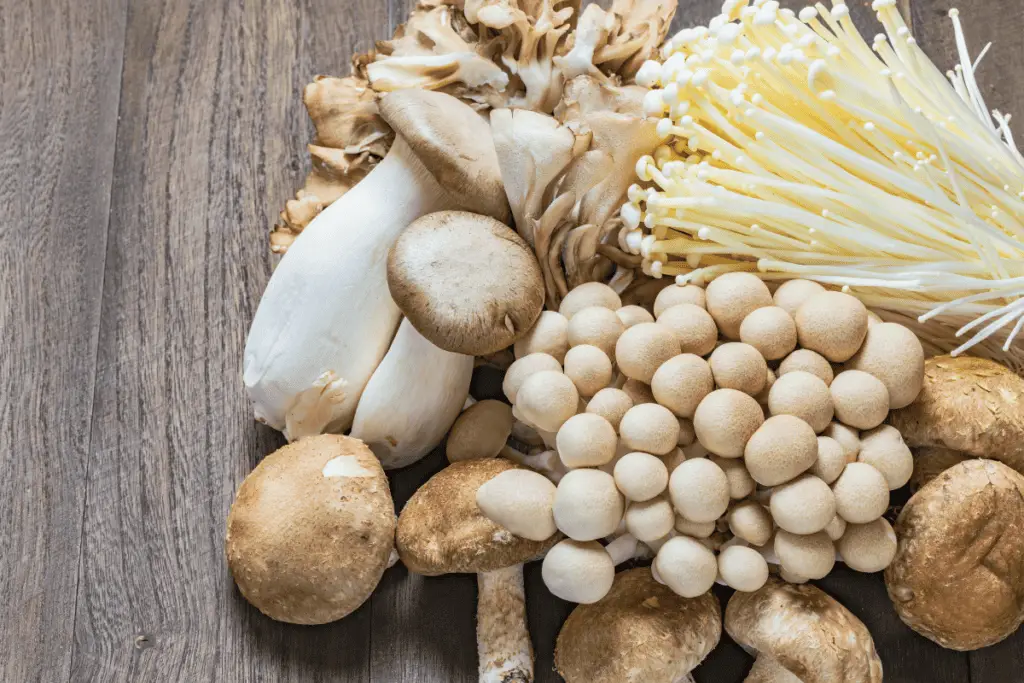
How to Plant Mushroom Seeds is a fascinating endeavor that provides fresh produce and contributes to sustainable agriculture. However, ensuring maximum germination of mushroom seeds is crucial for a successful harvest.
What are Mushroom Seeds?
Mushroom seeds, also known as spores or spawn, are reproductive units that give rise to new mushroom growth. These seeds are typically microscopic and require specific conditions to germinate and develop into mature mushrooms.
Importance of Maximum Germination
Maximizing germination rates is essential for optimizing yield and ensuring a bountiful harvest. By understanding the intricacies of planting mushroom seeds, growers can create ideal conditions for successful cultivation.
Understanding Mushroom Seeds

Before delving into the planting process, it’s essential to grasp the characteristics of mushroom seeds and the factors that influence their germination.
Types of Mushroom Seeds
Mushroom seeds come in various forms, including spores and spawn. Spores are tiny reproductive cells released by mature mushrooms, while spawn refers to the mycelium, the vegetative part of the fungus, grown on a substrate.
Factors Affecting Germination
Several factors influence the germination of mushroom seeds, including humidity, temperature, substrate composition, and light exposure. Understanding these variables is crucial for creating an optimal growing environment.
Preparation Before Planting
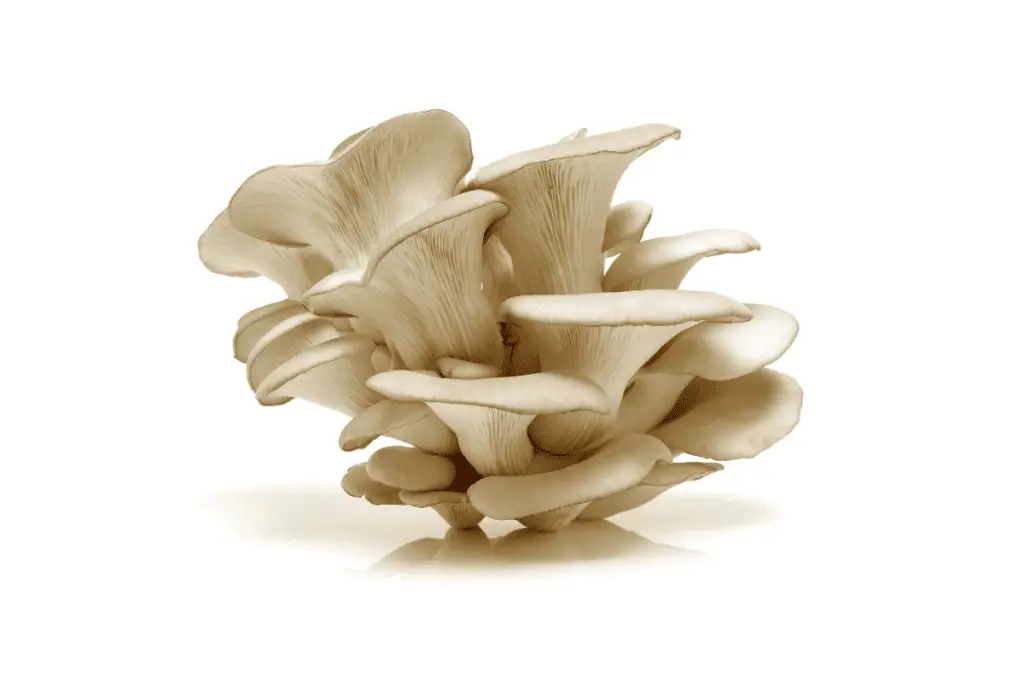
To ensure maximum germination, adequate preparation is key. This involves selecting the right seeds and creating a suitable planting environment.
Choosing the Right Seeds
When selecting mushroom seeds, consider factors such as the species of mushroom, the desired yield, and the available resources. Additionally, opt for high-quality seeds from reputable suppliers to maximize germination rates.
Preparing the Planting Environment
Before planting, prepare the growing substrate by sterilizing it to eliminate competing microorganisms. Ensure proper moisture levels and ventilation in the planting area to create an ideal environment for seed germination.
How to Plant Mushroom Seeds
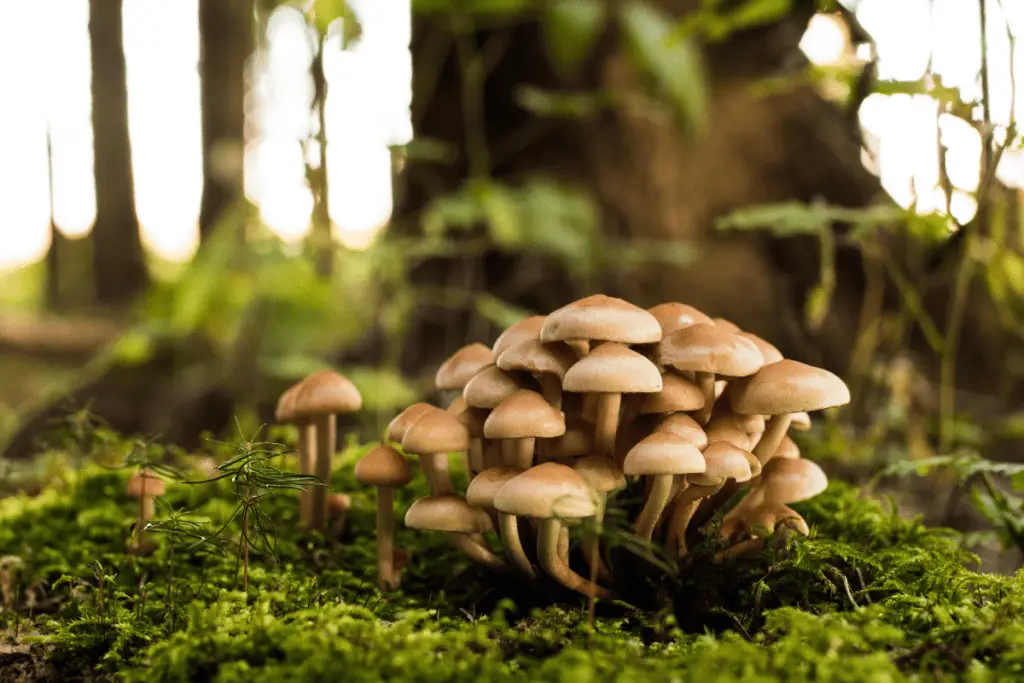
Once the preparations are complete, it’s time to plant the mushroom seeds following a step-by-step process.
Step-by-Step Guide to Planting
- Prepare the planting containers or beds by filling them with the sterilized substrate.
- Distribute the mushroom seeds evenly across the surface of the substrate.
- Cover the seeds with a thin layer of additional substrate to protect them and maintain moisture levels.
- Maintain optimal conditions for germination by controlling humidity and temperature.
Ideal Conditions for Germination
Provide consistent moisture and warmth to facilitate seed germination. Ensure the substrate remains moist but not waterlogged, and maintain temperatures between 70°F and 75°F for most mushroom species.
Caring for Mushroom Seeds
After planting, proper care is essential to support seed germination and early growth stages.
Watering and Humidity Levels
Monitor soil moisture levels closely and water as needed to prevent drying out. Use a fine misting spray to maintain high humidity levels around the seeds, especially during the initial stages of germination.
Temperature Control
Maintain stable temperatures within the optimal range to promote seed germination and mycelium growth. Avoid sudden fluctuations in temperature, as they can negatively impact germination rates.
Monitoring Growth
Regular monitoring is essential to track the progress of seed germination and address any issues that may arise.
Signs of Successful Germination
Look for signs of mycelium growth, such as white fuzz or threads spreading across the substrate. Healthy germinating seeds will exhibit vigorous growth within a few days to weeks after planting.
Troubleshooting Common Issues
If germination problems occur, assess environmental conditions and adjust as necessary. Common issues include inadequate moisture, improper temperature, or contamination from competing fungi.
Harvesting and Beyond
Once the mushrooms reach maturity, it’s time to harvest and enjoy the fruits of your labor.
When to Harvest Mushroom Crops
Harvest mushrooms when they reach the desired size and maturity. For most species, this occurs when the caps fully expand but before the gills begin to darken and release spores.
Tips for Continuous Growth
To sustain mushroom production, maintain optimal growing conditions and replenish the substrate as needed. With proper care, mushroom crops can provide multiple harvests over time.
Conclusion How to Plant Mushroom Seeds
Maximizing germination rates is essential for successful mushroom cultivation. By understanding the nuances of planting mushroom seeds and providing optimal growing conditions, growers can enjoy a bountiful harvest of fresh, flavorful mushrooms.
FAQs (Frequently Asked Questions)How to Plant Mushroom Seeds
How long does it take for mushroom seeds to germinate?
Germination times vary depending on the species of mushroom and environmental conditions but typically range from a few days to several weeks.
How long does it take for mushroom seeds to germinate?
Germination times vary depending on the species of mushroom and environmental conditions but typically range from a few days to several weeks.
Can I use homemade compost as a substrate for planting mushroom seeds?
Yes, homemade compost can serve as an excellent substrate for mushroom cultivation, provided it is properly sterilized to eliminate competing microorganisms.
What should I do if my mushroom seeds fail to germinate?
If germination issues arise, assess environmental factors such as moisture levels, temperature, and substrate quality. Adjust conditions accordingly and consider using fresh, high-quality seeds.
Are there any specific nutrients or supplements I should add to the substrate for better germination?
While some growers incorporate supplements such as gypsum or calcium carbonate into the substrate, many mushroom species can thrive on a simple mixture of organic materials such as straw, sawdust, or compost.
Is it possible to store mushroom seeds for future use?
Yes, mushroom seeds can be stored for extended periods under proper conditions. Keep them in a cool, dry place away from direct sunlight, ideally in a sealed container to prevent moisture intrusion.
Latest Posts
- How to Plant Mushroom Seeds for Maximum Germination

- How to Plant Lettuce Seeds for Maximum Germination

- How to Plant Kale Seeds: A Step-by-Step Guide to Maximum Germination Success!

- How to Plant Eggplant Seeds: A Step-by-Step Guide to Maximum Germination Success!
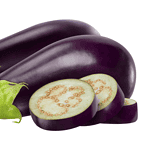
- How to Plant Cucumber Seeds for Maximum Germination
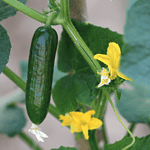
- How to Plant Chili Pepper Seeds for Maximum Germination
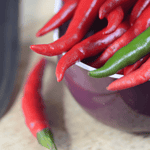
Additional Information
https://en.wikipedia.org/wiki/Fungiculture



